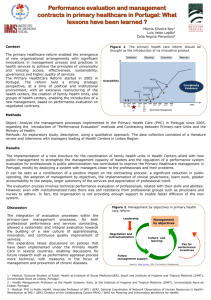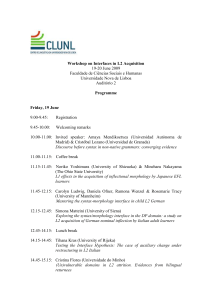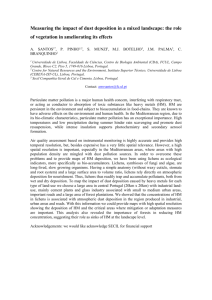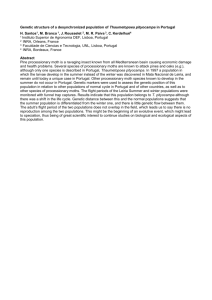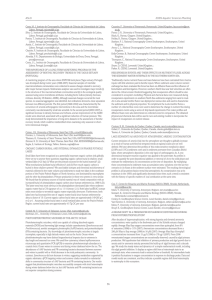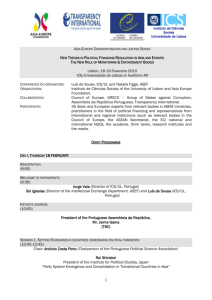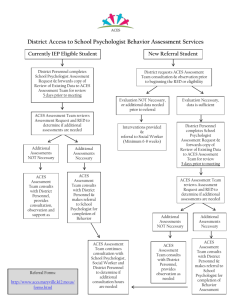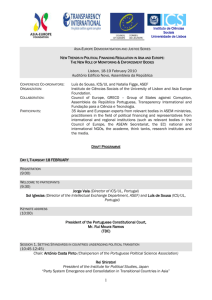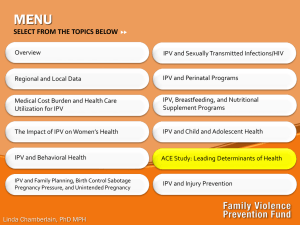The impact of professional evaluation system in primary healthcare
advertisement
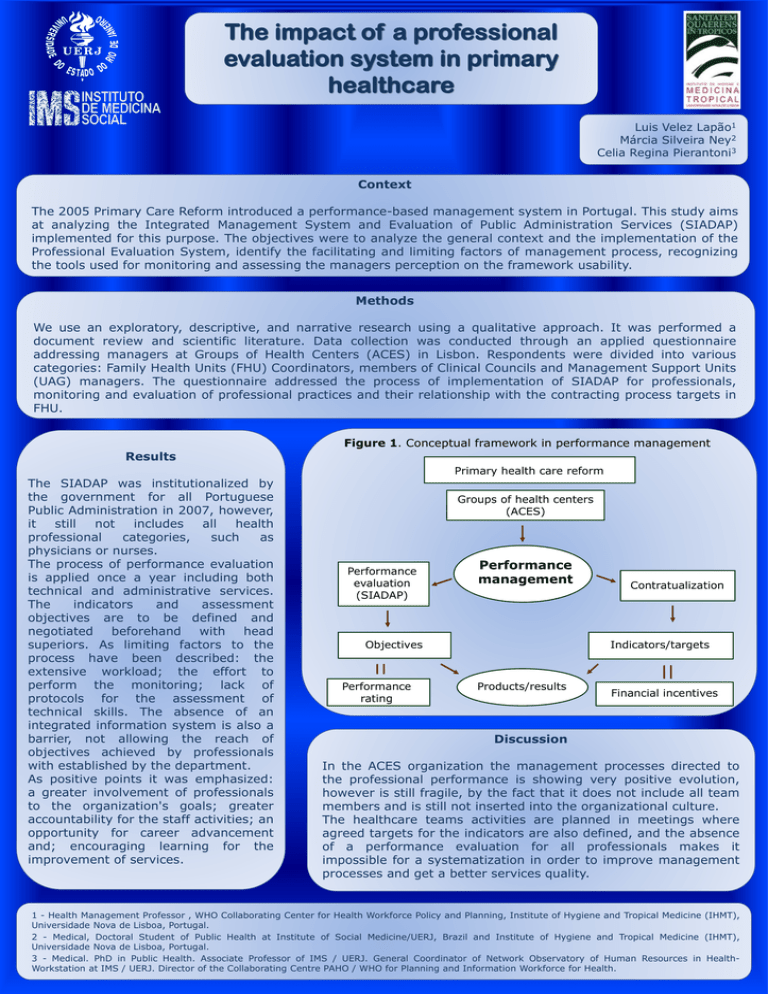
The impact of a professional evaluation system in primary healthcare Luis Velez Lapão1 Márcia Silveira Ney2 Celia Regina Pierantoni3 Context The 2005 Primary Care Reform introduced a performance-based management system in Portugal. This study aims at analyzing the Integrated Management System and Evaluation of Public Administration Services (SIADAP) implemented for this purpose. The objectives were to analyze the general context and the implementation of the Professional Evaluation System, identify the facilitating and limiting factors of management process, recognizing the tools used for monitoring and assessing the managers perception on the framework usability. Methods We use an exploratory, descriptive, and narrative research using a qualitative approach. It was performed a document review and scientific literature. Data collection was conducted through an applied questionnaire addressing managers at Groups of Health Centers (ACES) in Lisbon. Respondents were divided into various categories: Family Health Units (FHU) Coordinators, members of Clinical Councils and Management Support Units (UAG) managers. The questionnaire addressed the process of implementation of SIADAP for professionals, monitoring and evaluation of professional practices and their relationship with the contracting process targets in FHU. Figure 1. Conceptual framework in performance management Results The SIADAP was institutionalized by the government for all Portuguese Public Administration in 2007, however, it still not includes all health professional categories, such as physicians or nurses. The process of performance evaluation is applied once a year including both technical and administrative services. The indicators and assessment objectives are to be defined and negotiated beforehand with head superiors. As limiting factors to the process have been described: the extensive workload; the effort to perform the monitoring; lack of protocols for the assessment of technical skills. The absence of an integrated information system is also a barrier, not allowing the reach of objectives achieved by professionals with established by the department. As positive points it was emphasized: a greater involvement of professionals to the organization's goals; greater accountability for the staff activities; an opportunity for career advancement and; encouraging learning for the improvement of services. Primary health care reform Groups of health centers (ACES) Performance evaluation (SIADAP) Performance management Objectives Performance rating Contratualization Indicators/targets Products/results Financial incentives Discussion In the ACES organization the management processes directed to the professional performance is showing very positive evolution, however is still fragile, by the fact that it does not include all team members and is still not inserted into the organizational culture. The healthcare teams activities are planned in meetings where agreed targets for the indicators are also defined, and the absence of a performance evaluation for all professionals makes it impossible for a systematization in order to improve management processes and get a better services quality. 1 - Health Management Professor , WHO Collaborating Center for Health Workforce Policy and Planning, Institute of Hygiene and Tropical Medicine (IHMT), Universidade Nova de Lisboa, Portugal. 2 - Medical, Doctoral Student of Public Health at Institute of Social Medicine/UERJ, Brazil and Institute of Hygiene and Tropical Medicine (IHMT), Universidade Nova de Lisboa, Portugal. 3 - Medical. PhD in Public Health. Associate Professor of IMS / UERJ. General Coordinator of Network Observatory of Human Resources in HealthWorkstation at IMS / UERJ. Director of the Collaborating Centre PAHO / WHO for Planning and Information Workforce for Health.
